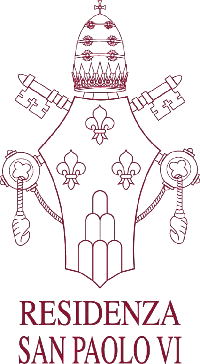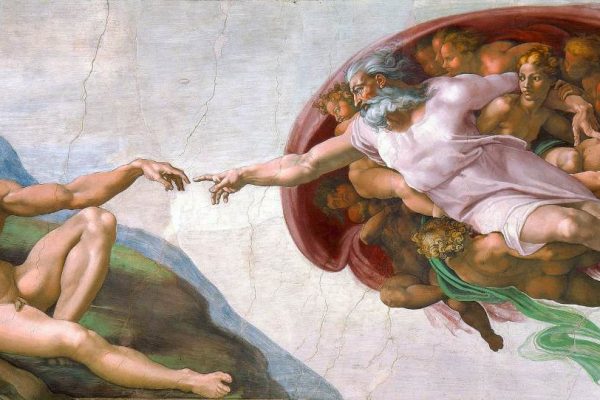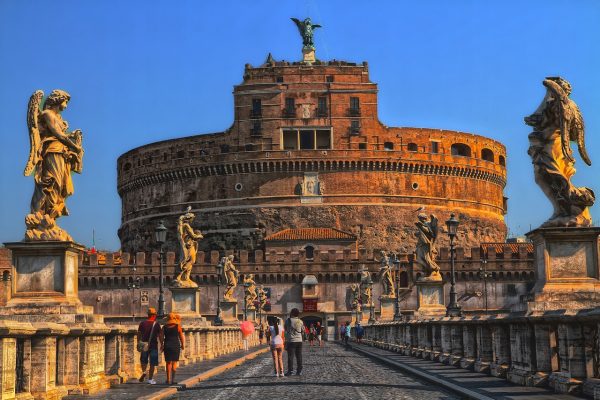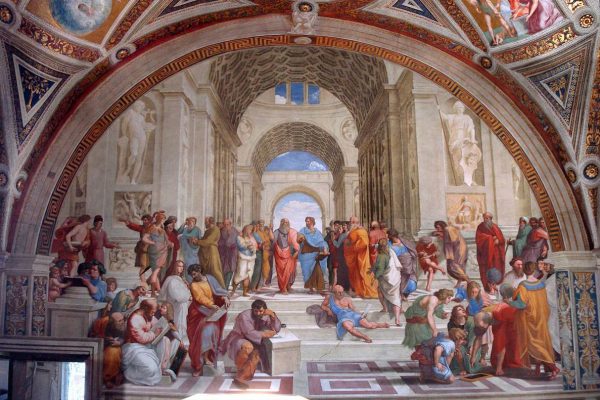 Loading...
Loading...
 Loading...
Loading...
The Spanish Steps (Scalinata di Spagna) in Rome ramp a steep slope between the Piazza di Spagna at the base and the church Trinità dei Monti above. The monumental stairway, of 138 steps, was built with French diplomat Stefano Gueffier’s funds (20,000 scudi) in 1723–1725, linking the Bourbon Spanish embassy to the Holy See, today still located in the piazza below, with the Trinità dei Monti church above.
The Spanish Steps were designed by Francesco De Sanctis after generations of heated discussion over how the steep slope to the church on a shoulder of the Pincio should be urbanized. The solution is a gigantic inflation of some conventions of terraced garden stairs.
During Christmas time an impressive 19th century crib is assembled in the first terrace of the staircase. During May, half of the monument is covered by flowerpots full of azalea plants. In modern times the Spanish Steps have included a small cut-flower market, a favorite place for eating lunch (now officially frowned upon and rewarded with fines) or picking up a gigolo. The apartment that was the setting for The Roman Spring of Mrs Stone (1961) is halfway up on the right.
The Spanish Steps have been restored several times, most recently in 1995.
In the Piazza at the base is the Early Baroque fountain called the Barcaccia (‘the ugly boat’), often credited to Pietro Bernini, father of a more famous son Gian Lorenzo Bernini.
In the Piazza di Spagna, at the corner on the right as one begins to climb the steps, is the house where English poet John Keats lived and died in 1821; it is now a museum dedicated to his memory, full of memorabilia of the English Romantic generation. On the same right side stands the 15th century former cardinal Cybo’s palace, now Ferrari di Valbona, a building altered in 1936 to designs by Marcello Piacentini, the main city planner during Fascism, with modern terraces perfectly in harmony with the surrounding baroque context.




